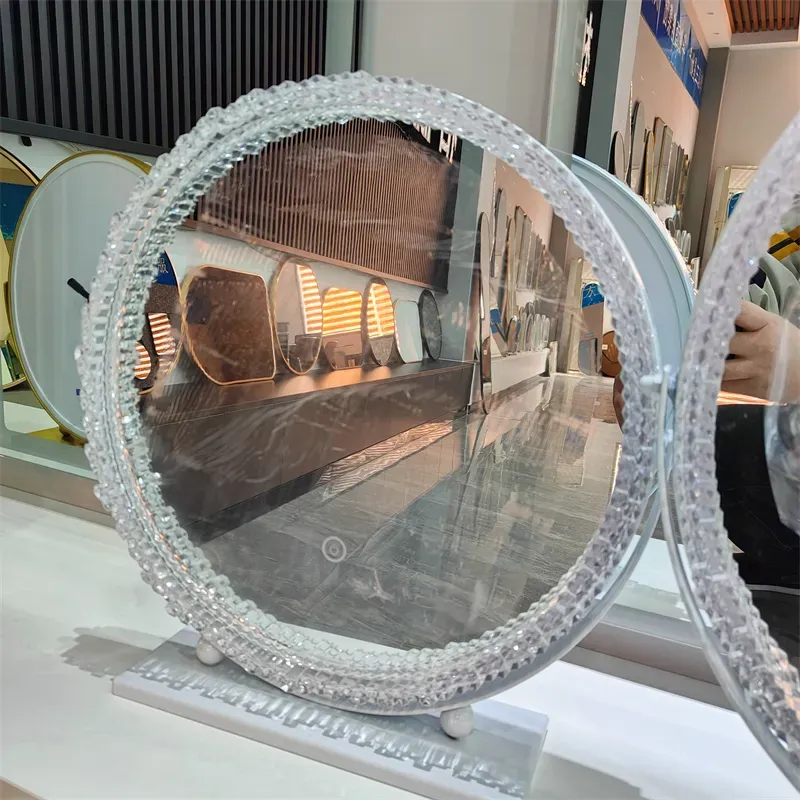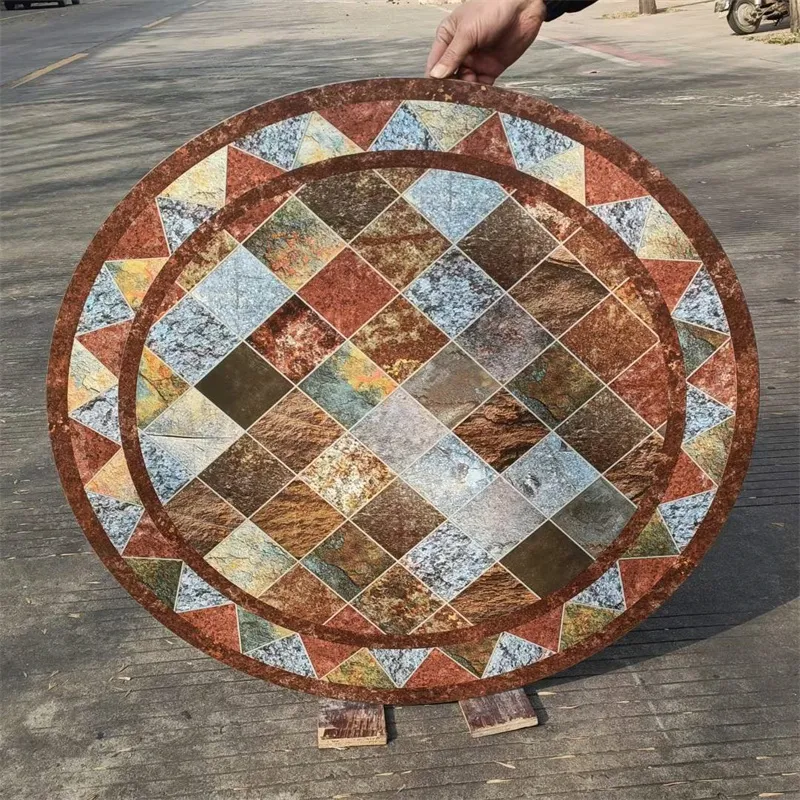Nov . 08, 2024 22:52 Back to list
Is Tempered Glass Vulnerable to Breaking and Shattering in Certain Conditions?
Is Tempered Glass Breakable?
Tempered glass, also known as toughened glass, has gained immense popularity in various applications, particularly in construction, automotive, and household items. It is celebrated for its strength and safety features compared to regular glass. But a common question arises among consumers and professionals alike is tempered glass breakable? To answer this query, we need to delve into the properties, manufacturing process, and typical use cases of tempered glass.
Understanding Tempered Glass
Tempered glass is produced through a process of extreme heating and rapid cooling, making it much stronger than ordinary glass. This process increases the glass’s resistance to impact, thermal stress, and pressure. As a result, tempered glass can withstand significant force and is less likely to shatter under normal conditions. For instance, it is commonly used in shower doors, glass doors, and glass facades.
The Strength of Tempered Glass
Tempered glass is about five to six times stronger than standard glass of the same thickness. This increased strength is due to the compressive stresses created during the heating and cooling stages of production. The outer surfaces of the glass are put under compression, while the interior is placed in tension. This unique internal structure allows the glass to absorb more energy before breaking.
However, it is crucial to note that while tempered glass is indeed stronger, it is not unbreakable. Under certain circumstances, it can break, but the mechanism is quite different from regular glass. When ordinary glass breaks, it shatters into sharp, jagged shards, which can pose a significant danger. Conversely, when tempered glass breaks, it crumbles into small, blunt pieces, significantly reducing the risk of injury. This safety feature makes tempered glass an ideal choice for environments where human safety is a paramount concern.
Factors Leading to Breakage
is tempered glass breakable

Several factors can lead to the breakage of tempered glass
1. Impact Force Although tempered glass is designed to withstand high impact, it is not impervious. A strong enough force, such as a hard object striking it or a heavy load being dropped on it, can cause it to shatter.
2. Thermal Stress Rapid temperature changes can lead to thermal stress. For example, if one part of the glass is heated while another part remains cold, it may lead to failure. This is why tempered glass is often used in applications where temperature variations are expected.
3. Flaws in the Glass Any pre-existing flaws, such as scratches or chips, can significantly weaken tempered glass. These minor imperfections can act as stress concentrators, making the glass more susceptible to breakage.
4. Installation Issues Improper installation can also lead to breakage. If the glass is not adequately supported or if it is subjected to undue stress during installation, its strength can be compromised.
Conclusion
In conclusion, while tempered glass is considerably stronger and safer than regular glass, it is not entirely breakable. It is engineered to endure substantial stress and pressure, making it an appropriate choice for various applications; however, it is essential to handle it with care. Understanding the limitations and handling requirements of tempered glass can help to maximize its benefits and enhance safety. Thus, consumers and professionals should remain vigilant about the factors that could lead to breakage, ensuring that tempered glass serves its purpose effectively without compromising safety.
-
Safety and Style with Premium Laminated Glass Solutions
NewsJun.24,2025
-
Reinvents Security with Premium Wired Glass
NewsJun.24,2025
-
Premium Float Glass Line for Modern Architecture
NewsJun.24,2025
-
Low Emissivity Glass for Energy-Efficient Architecture
NewsJun.24,2025
-
High-Performance Insulated Glass Solutions for Modern Architecture
NewsJun.24,2025
-
Elevates Interior Style with Premium Silver Mirror
NewsJun.24,2025
Related PRODUCTS














